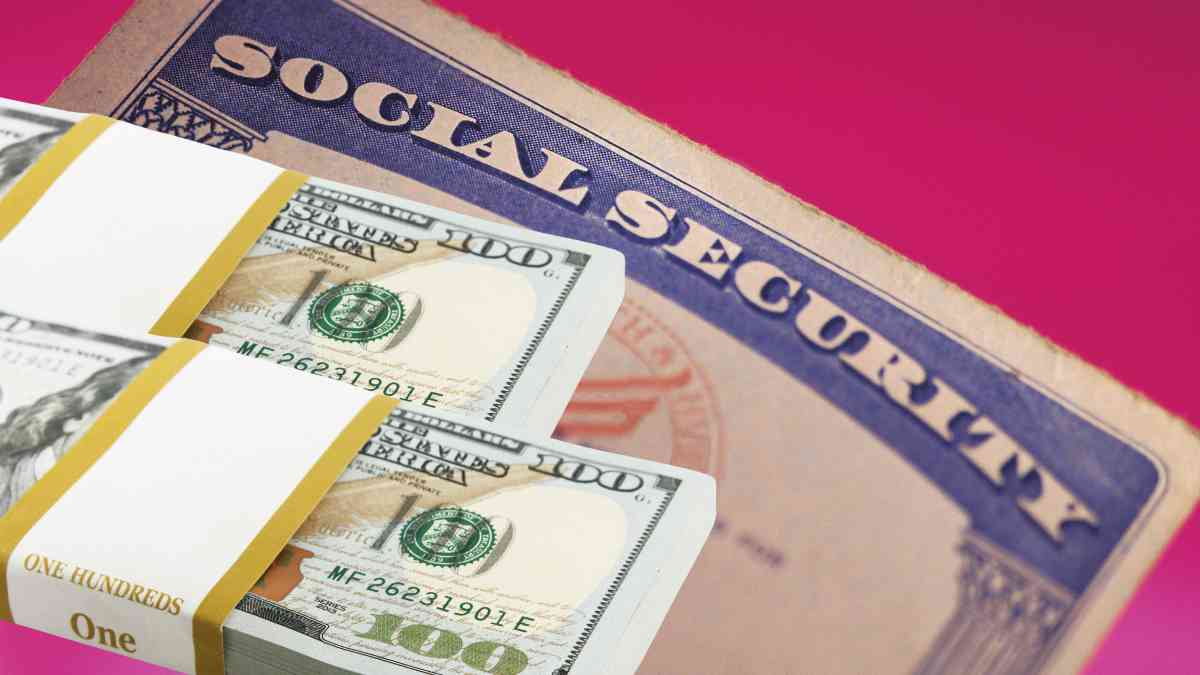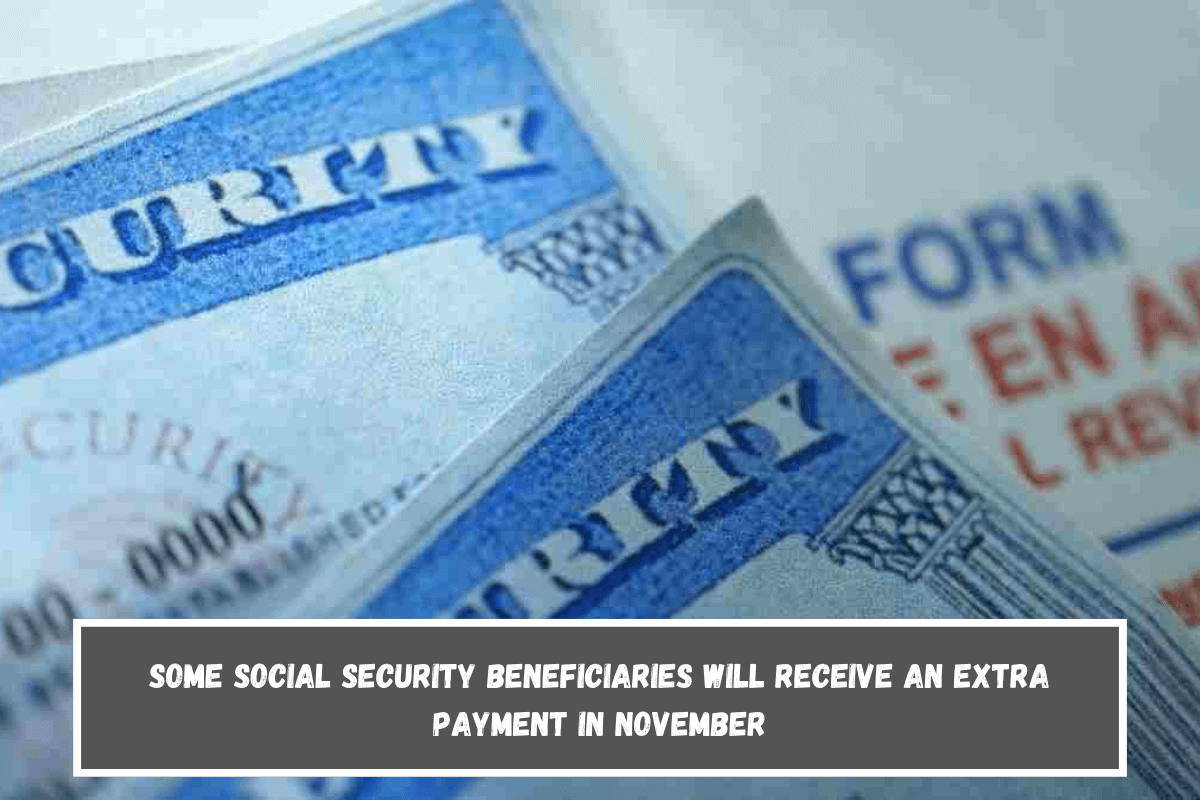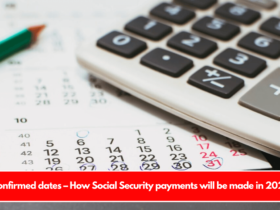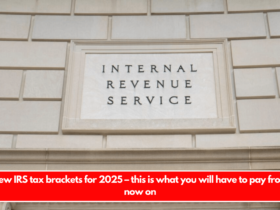There are millions of people in the United States who get Social Security payments. In November, they may get a nice surprise: an extra payment. This is not because of a new rule, but because of how the times fall on the calendar this year. We will look at who this affects and how it will work.
People who get Social Security usually get one payment a month, but some will get more than one this November. Mostly because of how the days fall in the last two months of the year. This can be hard to understand, especially for people who get money from the Supplemental Security Income program, which helps low-income disabled adults and seniors.
Why will there be an Social Security extra payment in November?
In this case, certain dates on the calendar have led some people to get up to three payments in November. Read this to learn more. People who get SSI benefits will be most affected by the extra payment.
Some people who get both Social Security and Supplemental Security Income will also be affected. It is important to remember that not all people who get Social Security will get an extra payment.
People who get SSI will get their first payment for November on November 1. But on Friday, November 29, they will also get a second check. Why make two payments? The second payment is for December, which is when it’s usually due: December 1. This year, though, that date is a Sunday, so the check is sent out on the last work day of November.
People who get both SSI and Social Security will get their SSI check on November 1, not November 3, because November 3 is also a Sunday. This means that some people will get up to three payments in November, one from Social Security and two from SSI.
Which dates should you keep in mind?
If you receive Social Security but not SSI, your payment schedule won’t change. Payments will continue on their usual dates, based on your birth date:
- November 13: for those born between the 1st and the 10th of the month.
- November 20: for those born between the 11th and the 20th.
- November 27: for those born between the 21st and the 31st of the month.
So, if you only receive Social Security and not SSI, you’ll receive your payment on one of these three dates, depending on your birth date.

Cost-of-Living Adjustments: what to expect in January
An extra payment in November is good news for people who get Social Security. The annual Cost-of-Living Adjustment (COLA) is also good news. By adjusting payments for inflation, this change is meant to keep beneficiaries’ buying power stable.
The COLA for 2025 will be 2.5%, which means that everyone will get a little more money. For example, the average beneficiary’s check will go up by about $50 a month, bringing it to about $1,976.
This rise will show up in the payments that people get in January 2025. The dates are going to be:
- January 8: for those born between the 1st and the 10th of the month.
- January 15: for those born between the 11th and the 20th.
- January 22: for those born between the 21st and the 31st of the month.
People who got their first check before May 1997 or who get both Social Security and SSI will get their payment with the COLA increase on January 3.
What about the rest of the people who will benefit?Don’t worry if you don’t get SSI payments; you haven’t been forgotten. If you only get Social Security payments, you’ll keep getting your check as normal. You won’t get an extra payment in November, but your payment will go up in January because of the cost-of-living adjustment.
To avoid confusion and make sure your finances are in order, you need to keep these times in mind. Social Security and SSI make sure that payments are made on time, even if the times change because of the weather.
Also See:- Maximum Social Security payment possible for retirees in 2025 with COLA increase















Leave a Reply